Taipei Cycle Show: Ashima previews Hydro-Mech converter
Converter for mechanical-to-hydraulic brake levers
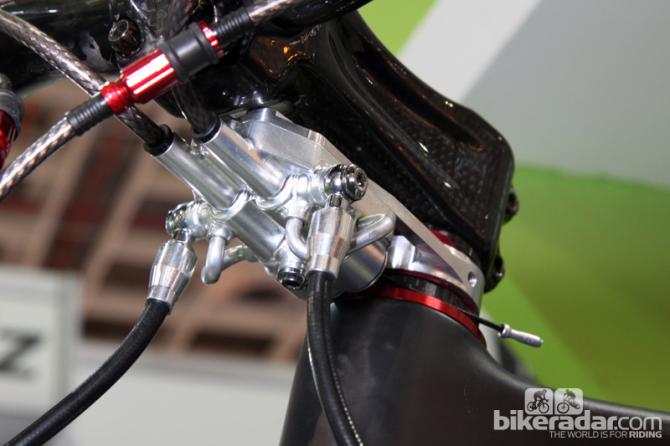
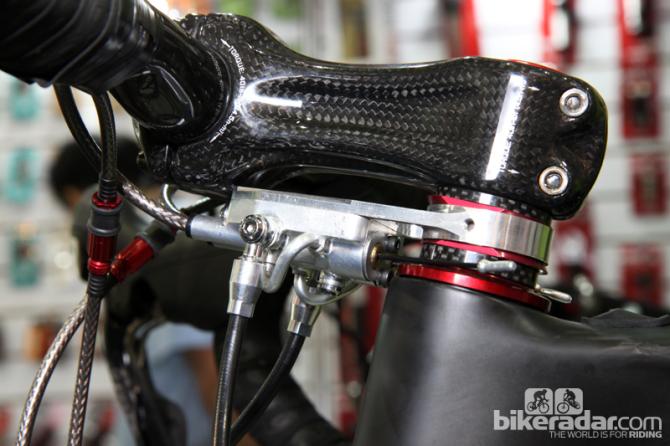
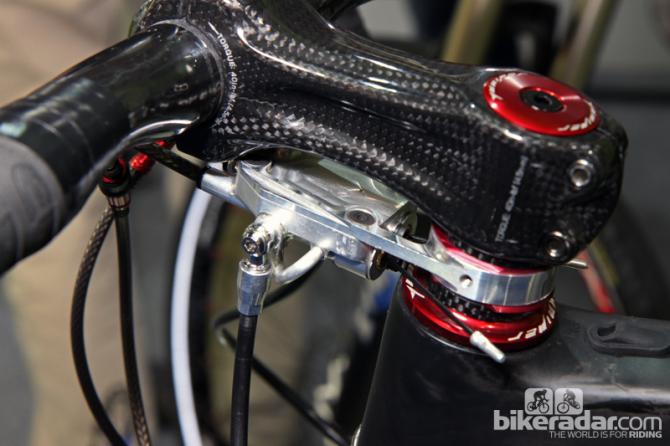
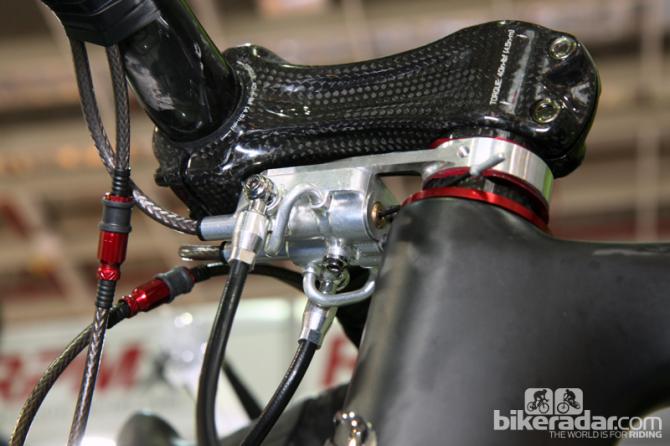
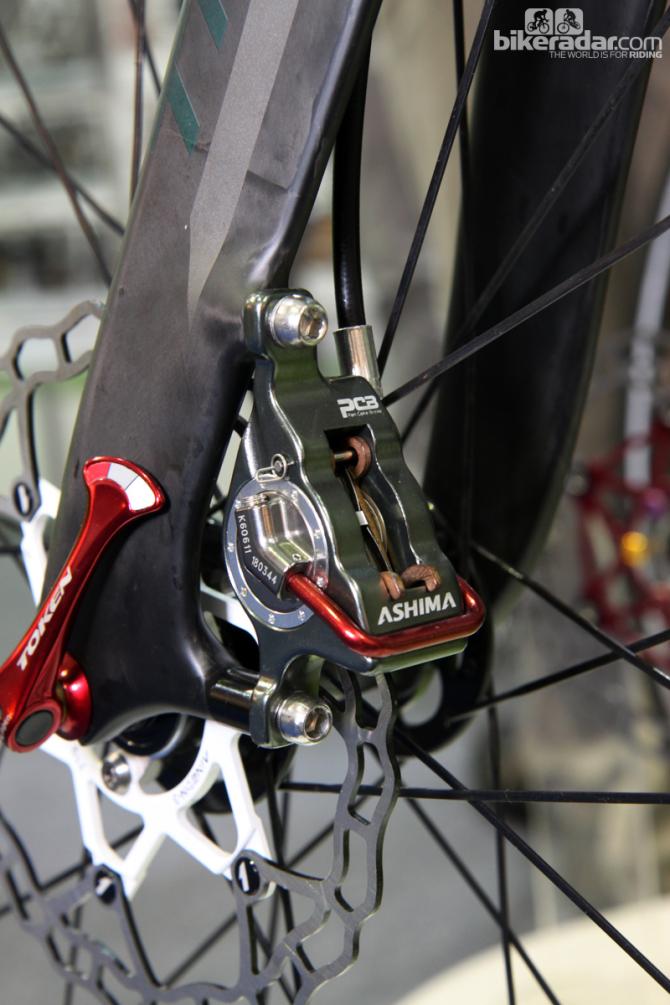
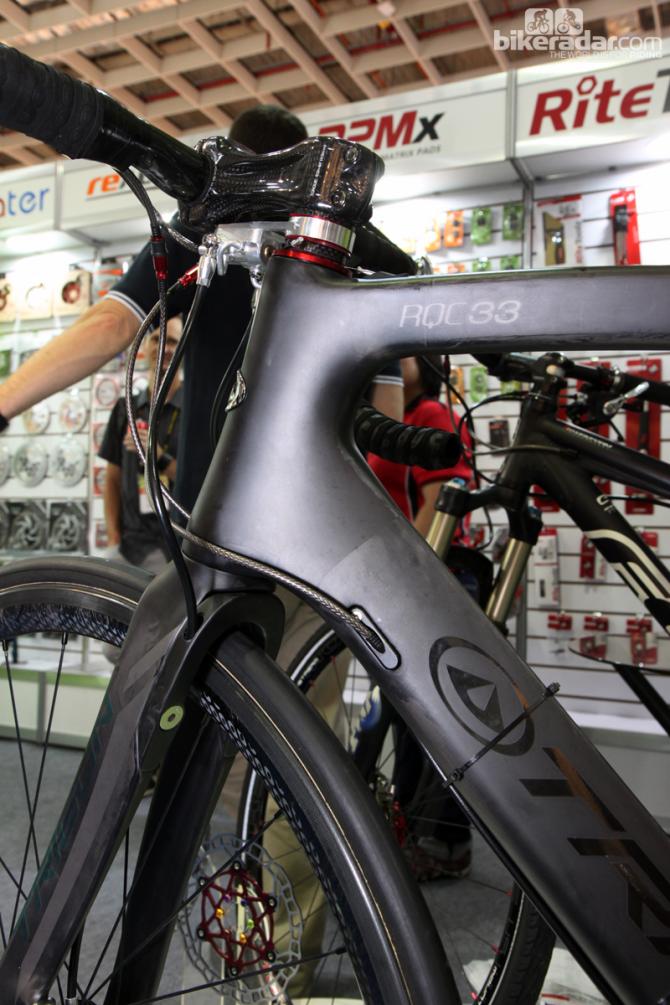
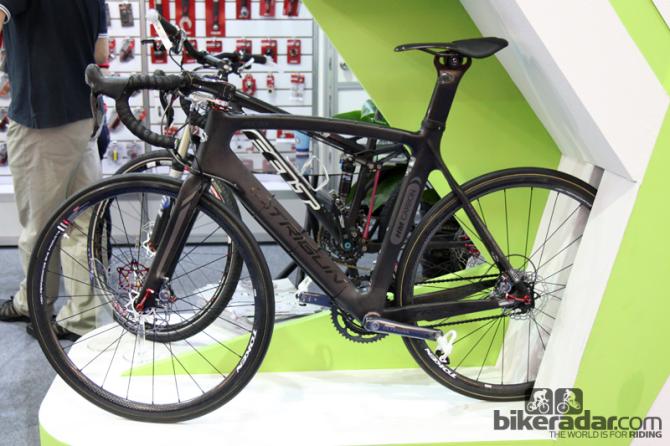
This article originally published on BikeRadar
Taipei Cycle Show: Merida debuts new Ride SL classics bike
Taipei Cycle Show: FSA components
Fully hydraulic systems such as those soon to come from SRAM and Shimano will be the way to go for disc-equipped road and cyclo-cross bikes. But, with countless mechanical brake levers on the market, converters will still find some appeal. Ashima previewed its new Hydro-Mech at the Taipei Cycle Show and, based on the appearance and technical specs, there's a lot to like.
The Hydro-Mech operates much like Hope's converter, with the brake cable pulling directly on the end of a piston that pushes fluid through a hose to the adjoining caliper. Ashima's version, however, uses a two-stage piston with a large, 13mm-diameter to bring the pads quickly to the rim before switching a smaller 9mm generates more power.
Paired with Ashima's PCB brake caliper, which uses an expanding bladder to push the pads against the rotor instead of conventional pistons and seals, the system should provide more generous pad clearance than typical setups. Moreover, this means the arrangement should be more tolerant than usual of rotors that aren't exactly in the same position when swapping between wheels – a critical feature for 'cross racers.
Other clever details include a steerer-based mounting system that can be angled up or down for +/- 6-degree stems. The mounting bracket also doubles as the cover for the fluid reservoir, which reduces the system's size and weight.
Ashima doesn't have a pricing estimate yet, nor exact weight figures, although the company claims the Hydro-Mech will be the "lightest on the market". Ashima will start testing prototypes this summer and a full consumer release is expected some time in 2014.
For more information see www.ashima.com.
Get The Leadout Newsletter
The latest race content, interviews, features, reviews and expert buying guides, direct to your inbox!
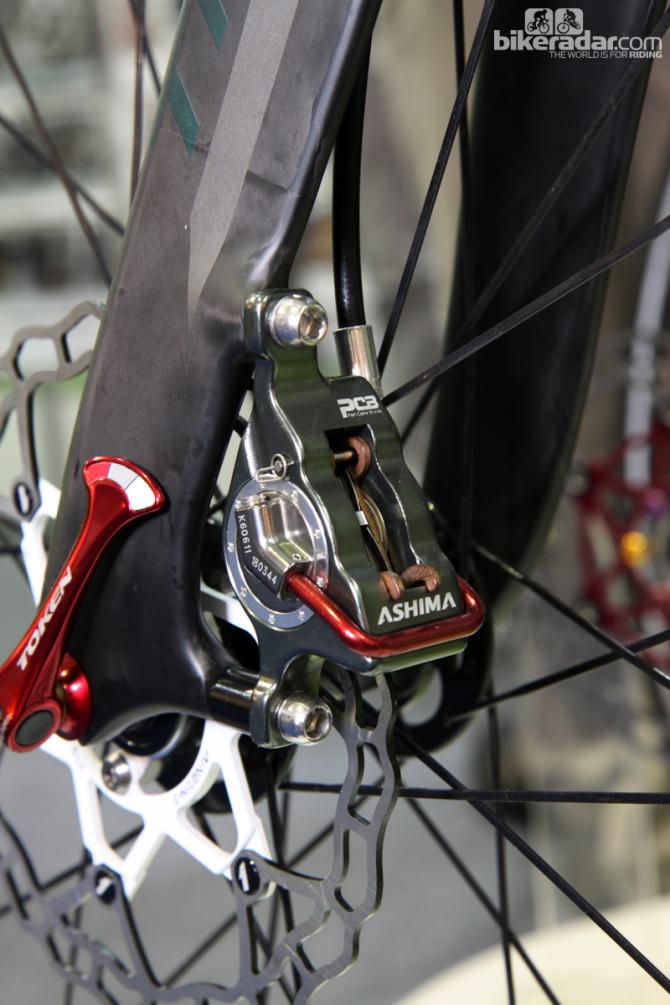
The Hydro-Mech uses a two-stage piston